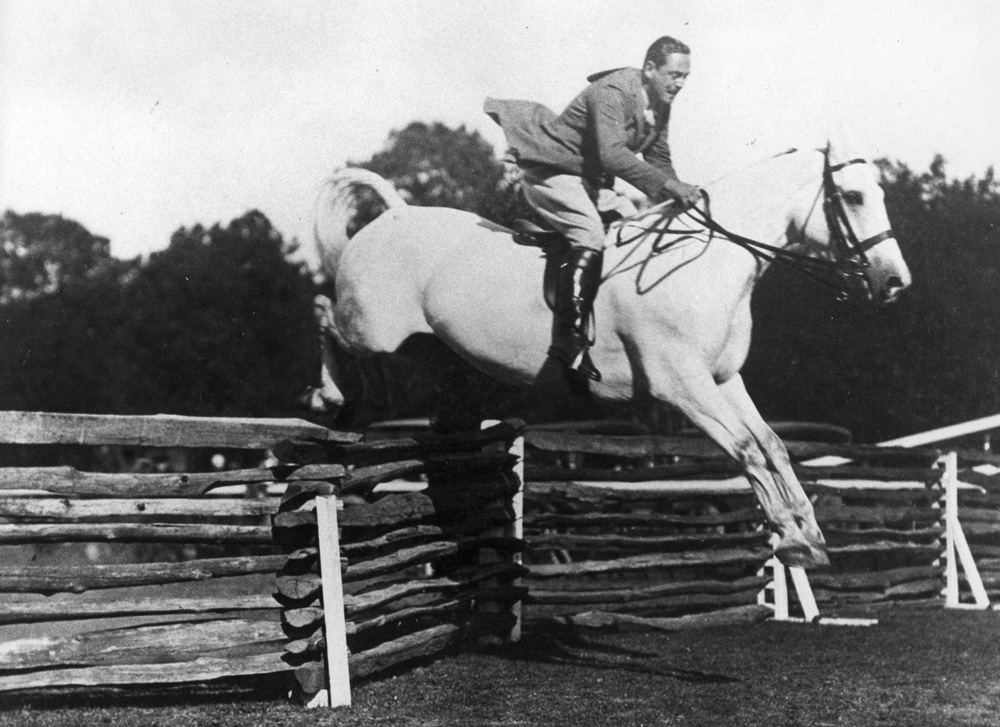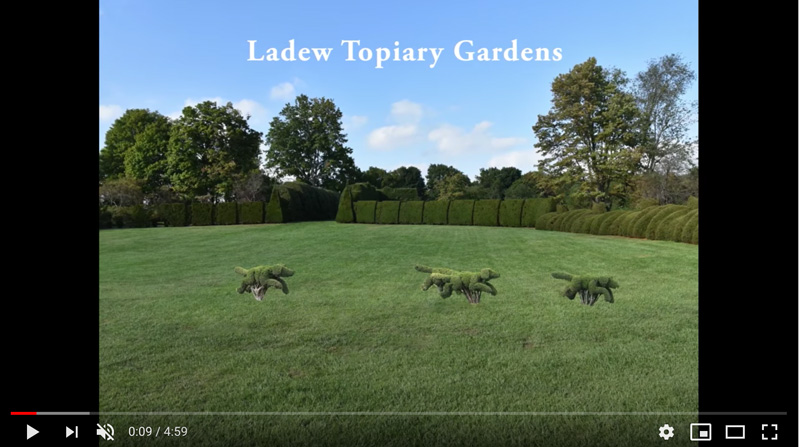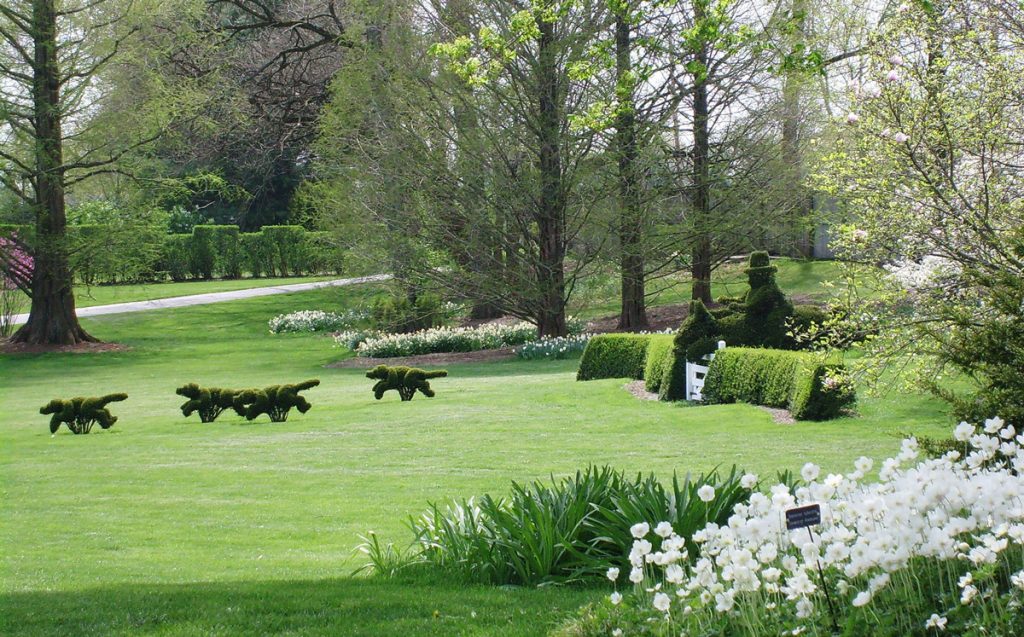Inspired by the sport of foxhunting and the elaborate gardens in England, Harvey Smith Ladew saw his vision come to life in the rolling Maryland countryside.
Ladew Topiary Gardens, described as one of the “10 incredible topiary gardens around the world” by Architectural Digest, is indeed a quiet gem in rural Maryland. Situated just 30 minutes from Baltimore and 90 minutes from Washington, D.C., the 200-plus acres of whimsical and flawlessly manicured gardens transport visitors to a setting which feels worlds away.
Over 100 imaginative topiaries display their unique beauty and mood throughout the seasons. Visitors can expect to see lyrebirds, Churchill’s top hat, sea horses, and a butterfly settling on a flower executed with precise accuracy. However, what has become the worldwide symbol of the gardens is Ladew’s Hunt Scene. The display of hunter and hounds in determined pursuit rendered in finely trimmed trees and shrubs evokes sheer joy.
The delight and hints of humor that emerge as one meanders through the expansive landscape would likely be attributed to the garden’s founder, Harvey Smith Ladew.
Ladew was born into privilege in New York City in 1887, and he continued to live a financially comfortable life thanks to his grandfather’s successful leather business. He was well educated—speaking French before he spoke English—and took drawing lessons from curators of the Metropolitan Museum of Art.

Following his service in World War I, he began a tradition of spending his winters foxhunting in England. “The most wonderful thing I’ve ever done,” he recalled later. During his time in England, he socialized with aristocrats in their grand homes and visited a legion of gardens, many of which were designed by the renowned British horticulturist and garden designer, Gertrude Jekyll.

In 1929, inspired by his love of foxhunting, he purchased Pleasant Valley Farm, now the home of Ladew Topiary Gardens, Inc., in the Maryland countryside. At that time, the property, which bordered the Elkridge-Harford Hunt Club, was in dire condition. Ladew said, “It was in shambles, and the only garden consisted of a couple of old lilac bushes.” The primitive old white farmhouse had no plumbing, heating, or electricity. Over the years the house was restored, expanded, and eventually, with the help of local farmers, Ladew transformed 22 acres of the farm’s crop and livestock fields into “the most outstanding topiary garden in America” as described by the Garden Club of America.

His extensive travels in England and Italy helped him to determine the sort of garden he wanted. For example, he planned single-color or single-plant “garden rooms” off each axis of the two cross axes. These rooms had been the rage in England when Ladew started his foxhunting visits.
It was also during a foxhunt in England where Ladew was surprised to discover several hounds chasing a fox sculpted out of the top of a yew hedge bordering a sizeable estate. He later noted he would never be happy if he “could not reproduce this marvelous piece of living sculpture in his garden.” Not only did he create this scene in his garden, he enhanced its charm with two horses and their riders.
Today, the Ladew Topiary Gardens, Inc., is a non-profit organization whose mission is to “maintain and promote the gardens, house, and facilities in keeping with the creative spirit of Harvey S. Ladew for the public benefit and educational, scientific, and cultural pursuits.”
The Gardens offer countless tours and experiences. In addition to the vast topiary offerings, visitors can enjoy the various garden rooms, woodland gardens, nature walks, and tours of the manor house, which is considered a living legacy and inspiring tribute to the style, elegance, and wit of the man who created it.
